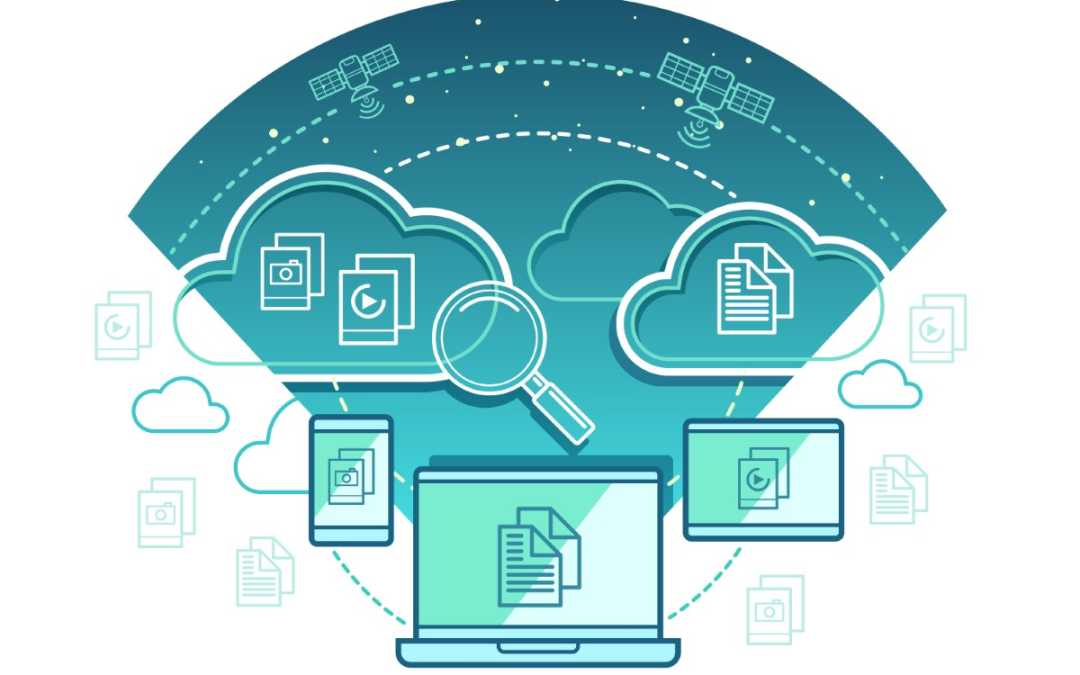Introduction to Data Mining: Extracting Insights from Your Data
Data mining is a powerful analytical process that involves discovering patterns and extracting valuable information from large sets of data. As businesses and organizations increasingly rely on data to drive decision-making, understanding the fundamentals of data mining becomes essential. This guide will introduce you to the key concepts, techniques, and applications of data mining, enabling you to harness the potential of your data effectively.
What is Data Mining?
Data mining refers to the process of analyzing vast amounts of data to identify patterns, correlations, and trends that can inform business strategies and decisions. It combines techniques from statistics, machine learning, and database systems to convert raw data into meaningful insights. The ultimate goal of data mining is to extract actionable knowledge that can lead to improved outcomes.
Key Concepts in Data Mining
Before diving into the techniques of data mining, it’s important to understand some key concepts:
- Data Warehouse: A centralized repository where data from various sources is stored and managed. Data warehouses facilitate efficient data mining by providing a structured environment for analysis.
- Data Preprocessing: The initial step in data mining that involves cleaning, transforming, and organizing data to prepare it for analysis. This step is crucial as the quality of data directly impacts the results of the mining process.
- Pattern Recognition: The identification of trends and patterns within the data. This can include anything from customer buying habits to seasonal sales trends.
Common Techniques Used in Data Mining
Data mining employs various techniques to analyze data and extract insights. Here are some of the most commonly used methods:
1. Classification
Classification is a supervised learning technique that involves categorizing data into predefined classes or groups. For example, a retail company might use classification to segment customers based on their purchasing behavior. Algorithms such as Decision Trees, Random Forests, and Support Vector Machines (SVM) are often used for classification tasks.
2. Clustering
Clustering is an unsupervised learning technique that groups similar data points together based on their characteristics. Unlike classification, clustering does not require predefined labels. It is commonly used in market segmentation, social network analysis, and image processing. Popular clustering algorithms include K-Means, Hierarchical Clustering, and DBSCAN.
3. Association Rule Learning
Association rule learning is used to discover interesting relationships between variables in large datasets. A classic example is market basket analysis, where retailers analyze customer purchase patterns to identify products that are frequently bought together. The Apriori algorithm is a well-known method for association rule mining.
4. Regression Analysis
Regression analysis is a statistical technique used to understand the relationship between dependent and independent variables. It is often used for forecasting and predicting outcomes based on historical data. Linear regression and logistic regression are common types of regression analysis used in data mining.
Applications of Data Mining
Data mining has a wide range of applications across various industries. Here are some notable examples:
- Healthcare: In the healthcare sector, data mining is used to predict disease outbreaks, analyze patient data for better treatment plans, and improve operational efficiency.
- Finance: Financial institutions utilize data mining for credit scoring, fraud detection, and risk management, helping them make informed decisions and minimize losses.
- Retail: Retailers leverage data mining to enhance customer experience through personalized marketing, inventory management, and sales forecasting.
Challenges in Data Mining
While data mining offers numerous benefits, it also comes with challenges that practitioners must navigate:
1. Data Quality: Poor quality data can lead to inaccurate results. Ensuring data integrity through proper preprocessing is essential.
2. Privacy Concerns: The use of personal data raises ethical and legal issues. Organizations must comply with regulations such as GDPR to protect user privacy.
3. Complexity of Data: The sheer volume and variety of data can make analysis challenging. Advanced tools and techniques are often required to manage and interpret complex datasets.
Conclusion
Data mining is a vital tool for organizations looking to leverage their data for strategic advantage. By understanding the key concepts, techniques, and applications of data mining, you can begin to extract valuable insights from your data. As technology continues to evolve, the importance of data mining will only grow, making it an essential skill for professionals in various fields. Embrace the power of data mining and unlock the potential hidden within your data!


